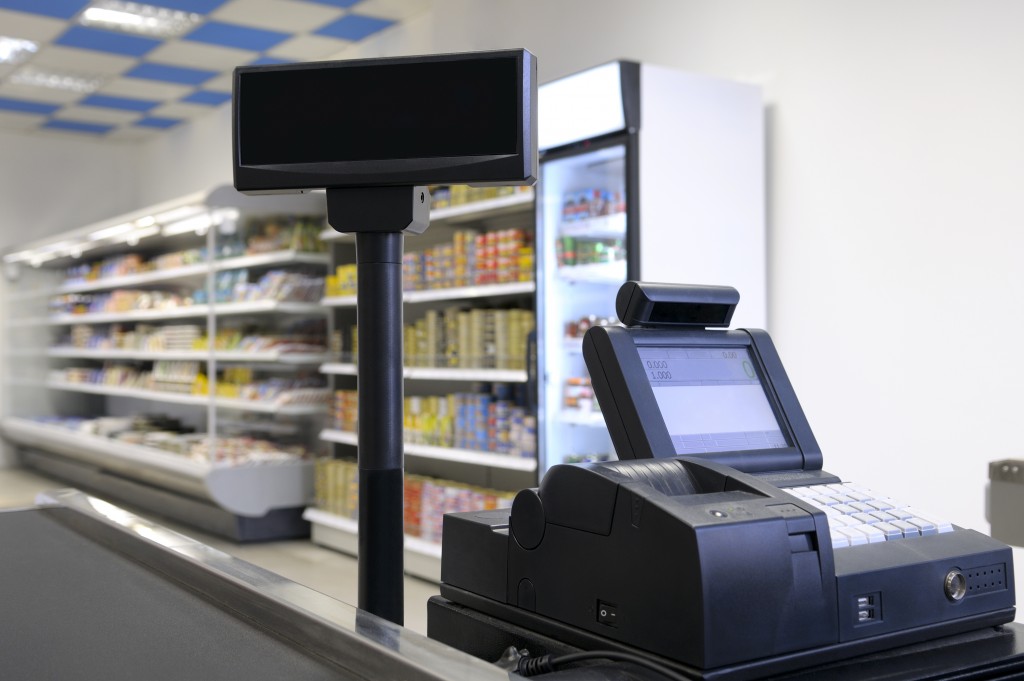- Efficient inventory management, through JIT, data analytics, and inventory software, optimizes goods movement and cuts costs.
- Supply chain optimization involves identifying key suppliers, establishing backups, and leveraging technology for real-time data.
- Shipping peer comparison tools help businesses compare rates, negotiate deals, and reduce shipping costs.
- Overall, continuous improvement, technology utilization, and lean management strategies are key to business optimization.
The movement of goods is an essential part of any business, big or small. It involves transferring products and services from one point to another while maintaining quality, minimizing costs, and increasing profit margins. The current business world is highly competitive, and companies are always looking for ways to optimize the movement of goods. This blog post will discuss various strategies for effective business management that can help you take control of your supply chain, improve your processes, and maximize profits.
Efficient Inventory Management
One of the biggest challenges businesses face is overstocking or understocking. Overstocking can lead to surplus carrying costs while understocking can lead to lost sales. Therefore, efficient inventory management is crucial. You can optimize inventory management by identifying the right inventory levels based on your demand and sales forecast. Here are other things that you can do to optimize your inventory management:
Implement a Just-In-Time (JIT) Inventory System
The Just-In-Time (JIT) inventory system is a strategic approach that synchronizes raw-material orders directly with production schedules. By doing so, you only procure and receive goods when they are required in the production process, resulting in reduced inventory costs. Implementing JIT necessitates accurate forecasting and agile processes to swiftly adapt to market changes. When successfully executed, this approach can significantly diminish inventory costs, maximize warehouse space utilization, and enhance cash flow.
Use Data Analytics
Data analytics can be a powerful tool in managing and optimizing your inventory. By analyzing sales data, customer behavior, and market trends, data analytics can help you predict future demands accurately. This will allow you to maintain optimal inventory levels that reduce storage costs and prevent stockouts. Moreover, you can identify slow-moving items to avoid overstocking and spotlight popular products for timely restocking.
Invest in Inventory Management Software
Investing in inventory management software is another effective approach to optimize the movement of goods. This technological tool enables businesses to track inventory levels, orders, sales, and deliveries in real time. High-quality software can automate many aspects of inventory management, providing alerts when stock levels are low or when orders are due, thus preventing overstock and stockouts.

Optimize Your Supply Chain
Every business relies on suppliers to provide them with the materials and products they need. You can optimize your supply chain by using reliable and consistent suppliers and streamlining your procurement processes. In addition, implementing software that tracks order history, delivery times, and supplier performances can help you identify issues and optimize your supply chain. Before you optimize your supply chain, here are some factors to take into account:
Identify Your Key Suppliers
When optimizing your supply chain, identifying your primary suppliers is essential. These are suppliers who provide critical components or products that are essential for your business operations. Focusing on these key suppliers allows you to establish strong relationships and negotiate better terms, such as bulk discounts and extended credit periods.
Establish Backup Suppliers
Having backup suppliers is crucial in minimizing any potential disruptions in your supply chain. For instance, if one of your key suppliers faces a shortage or fails to deliver on time, having backup suppliers ensures you have alternative sources to keep your operations running smoothly. Maintaining strong relationships with multiple suppliers and diversifying your supplier portfolio is recommended.
Utilize Technology
Technology can significantly optimize your supply chain management by providing real-time data and insights into your suppliers’ performance. You can use software to track delivery times, identify delays or quality issues, and communicate efficiently with suppliers. Additionally, investing in transportation management systems can help you optimize shipping routes and reduce transportation costs.

Use Shipping Peer Comparison Tools
Utilizing shipping peer comparison tools is an effective strategy to optimize the movement of goods. These tools allow businesses to easily compare shipping rates from different carriers and select the most cost-effective option.
By comparing rates, businesses can make informed decisions, negotiate better deals with carriers, reduce shipping costs, and consequently increase their profit margins. This strategy is crucial, especially for businesses that heavily rely on shipping for their operations.
In most cases, shipping peer comparison tools are user-friendly, have intuitive interfaces, and provide comprehensive data analytics that can help you optimize your shipping processes. With these tools, businesses can ensure they are getting the best rates while maintaining high-quality service for their customers.
Optimizing the movement of goods is essential for every business that seeks to maintain a competitive edge. Continuous improvement of business processes and utilization of technology is crucial in optimizing the movement of goods, and effective business management strategies, such as lean management, can help reduce costs, increase efficiency, and maximize profits. By adopting the strategies mentioned above, businesses can improve visibility in their supply chains, optimize inventory management, and streamline their procurement processes, leading to a better financial future, smart investments, and the best deals.

